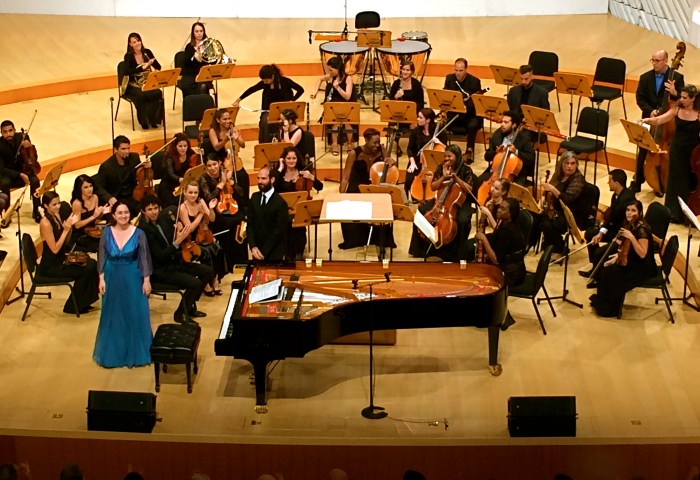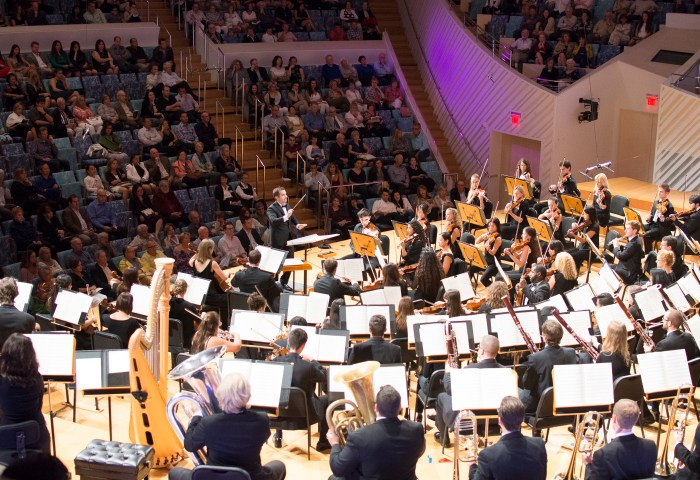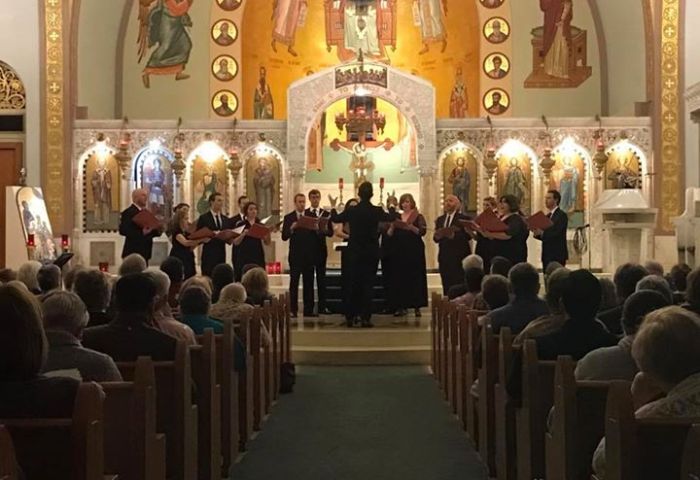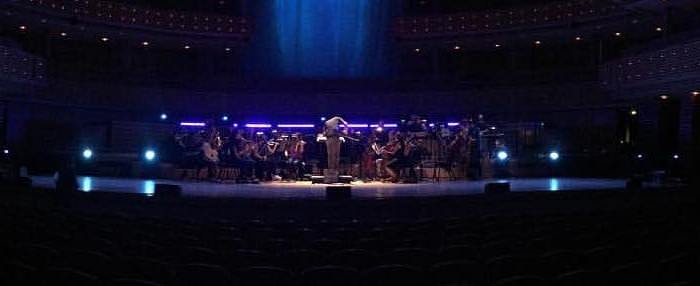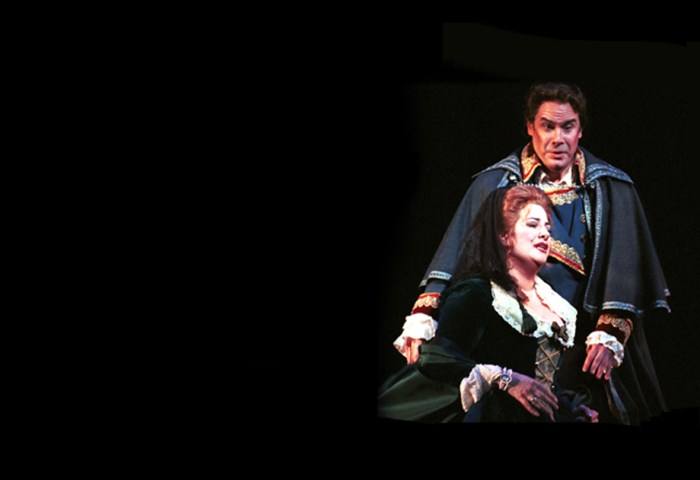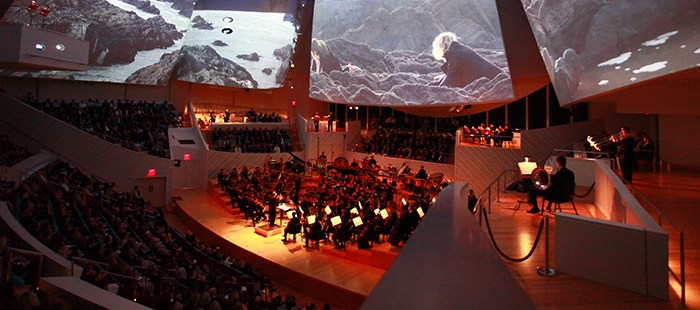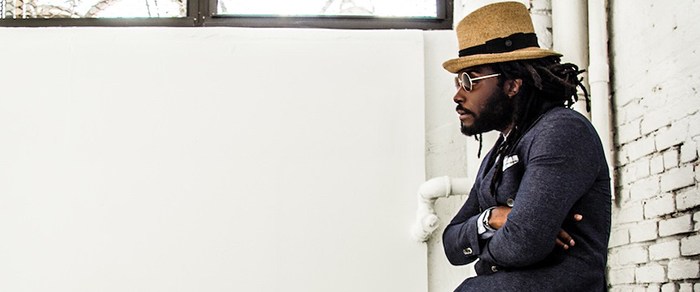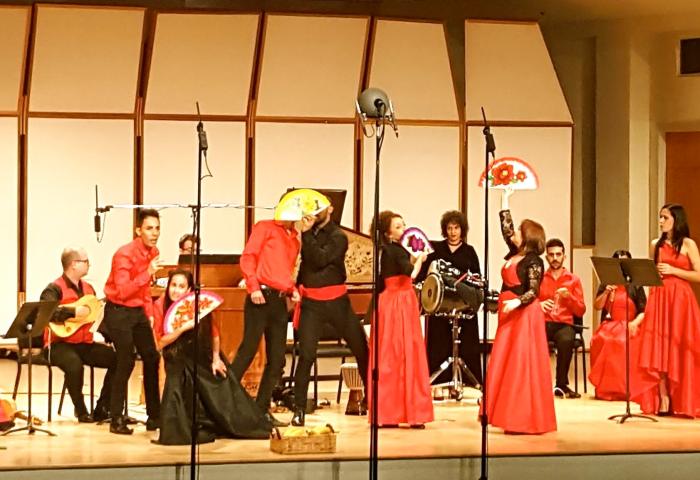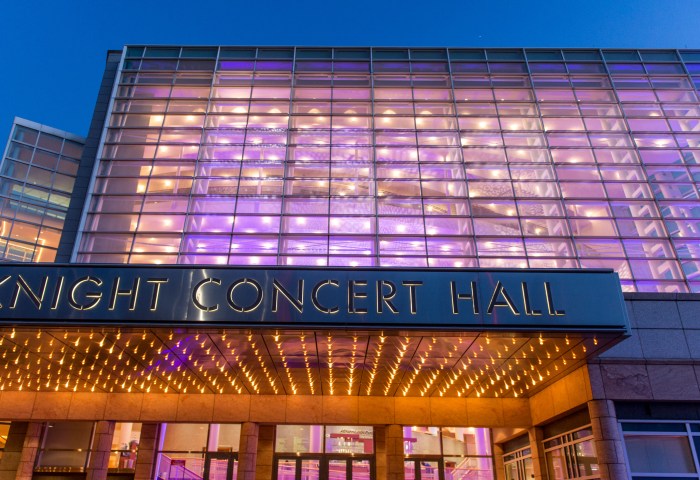This program is all about the joy of friendship and the possibility of communication between cultures and across time. – Simone Dinnerstein Miamians turned out in force for “Mozart in Havana,” the South Florida debut of Havana Lyceum Orchestra , under the baton of José Antonio Mendéz Padrón and appearing with its champion pianist Simone […]
Article · August 14, 2017 by Sebastian Spreng
